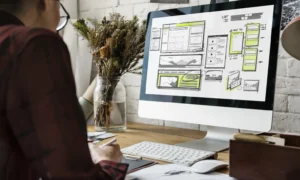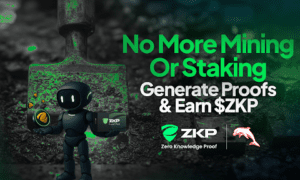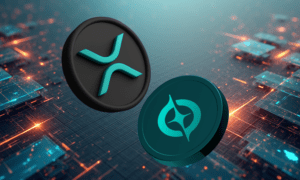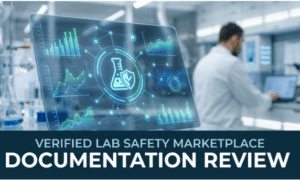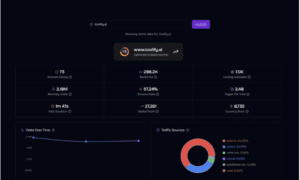When it comes to acquiring essential assets for your business, the decision between buying and leasing is significant. Both options come with their unique benefits and drawbacks, making it crucial to understand which choice aligns best with your business goals and financial situation. Through this comparison piece, we’ll analyze buying and leasing assets across several key factors to help you make an informed decision.
Why This Decision Matters
Choosing between buying and leasing is not just a financial decision; it affects your company’s growth, flexibility, and bottom line. By understanding the pros and cons of each approach, you can better align your resources with your business strategy.
Understanding Buying Assets
What Does Buying Entail?
When you buy an asset, you pay upfront to own it outright. This means you have full control and can use it as you see fit.
The Financial Commitment
Buying assets often requires a significant initial investment. While this can strain your cash flow, it also means you won’t have monthly lease payments draining your finances over time.
Long-Term Benefits
Ownership has its perks. You can customize the asset to fit your needs and sell it when it’s no longer useful. Plus, once the asset is paid off, it’s yours to use without ongoing costs.
Leasing Assets Explained
How Does Leasing Work?
Leasing involves paying to use an asset for a specified period. At the end of the lease term, you may have the option to buy the asset or return it and lease a new one.
Less Financial Strain
Leasing typically requires less upfront capital than buying. This can be advantageous for businesses looking to preserve cash flow and invest in other areas.
Flexibility and Upgrades
Leasing offers more flexibility. You can upgrade to newer models more frequently, ensuring your business always has access to the latest technology and equipment.
Cost Considerations
Buying Assets
Initial Investment: Purchasing assets usually requires a significant upfront capital outlay. For example, buying a company vehicle or heavy machinery can cost tens of thousands of dollars.
Long-term Costs: Although the initial investment is high, buying assets can be more cost-effective in the long run. There are no recurring lease payments, and the asset remains on your balance sheet as an owned item.
Leasing Assets
Initial Investment: Leasing typically involves minimal upfront costs, making it financially accessible for businesses with limited capital.
Recurring Costs: While leasing avoids a large initial outlay, it does mean committing to regular payments throughout the lease term. Over time, these payments can add up, sometimes exceeding the purchase price of the asset.
Flexibility and Upgrades
Buying Assets
Flexibility: Ownership provides the flexibility to use and modify the asset as needed. However, selling or upgrading the asset can be time-consuming and may incur losses if the asset’s value has depreciated.
Upgrades: Upgrading purchased equipment often involves additional costs. If technology advances rapidly in your industry, buying assets could mean spending more to stay current.
Leasing Assets
Flexibility: Leasing offers greater flexibility, especially for short-term needs or rapidly changing industries. At the end of the lease term, you can easily return the asset and lease a more advanced model.
Upgrades: Leasing allows you to upgrade to newer models more frequently without the hassle and cost of selling outdated equipment.
Financial Impact
Buying Assets
Depreciation and Value: Purchased assets depreciate over time, affecting your balance sheet. However, depreciation can offer tax benefits, as it can be deducted over the asset’s useful life.
Asset Value: Owned assets add value to your balance sheet and can be leveraged as collateral for loans, improving your business’s creditworthiness.
Leasing Assets
No Depreciation: Leasing doesn’t involve ownership, so there are no depreciation concerns. Lease payments can also be deducted as business expenses, offering potential tax benefits.
Liabilities: While leasing doesn’t add to your asset base, it also doesn’t add to your liabilities in the same way a loan would.
Maintenance and Responsibility
Buying Assets
Ownership Responsibility: Owning assets means you’re responsible for all maintenance, repairs, and insurance costs. This can lead to unexpected expenses if the asset requires significant upkeep.
Leasing Assets
Leasing Responsibility: Lease agreements often include maintenance, repair, and insurance provisions, reducing the burden on your business. However, you must adhere to the lease terms to avoid penalties.
Impact on Balance Sheets
Capitalizing Assets
Purchased assets appear on your balance sheet, impacting your company’s financial ratios. This can affect your ability to secure loans and investments.
Off-Balance-Sheet Financing
Leased assets may not appear on your balance sheet, providing a cleaner financial picture. This can be advantageous when seeking external funding.
Risk Management
Owning Risks
Ownership comes with risks, including market fluctuations affecting the asset’s value and the burden of selling outdated equipment.
Leasing Risks
Leasing reduces the risk of obsolescence but can involve higher costs over time. Additionally, breaking a lease can incur penalties.
Making the Decision
Assessing Your Business Needs
Consider your cash flow, growth plans, and industry trends. Weigh the benefits and drawbacks of both options in the context of your specific situation.
Seeking Expert Advice
Consult with financial advisors or industry experts. Their insights can provide valuable guidance tailored to your business.
Conclusion and Recommendations
Ultimately, the decision between buying and leasing assets depends on your business’s specific needs, financial health, and industry dynamics.
Buying Assets may be more suitable if:
- You have sufficient capital for a significant upfront investment.
- You prefer long-term cost efficiency and want to own valuable assets.
- Your industry experiences slow technological changes, reducing the need for frequent upgrades.
Leasing Assets might be the better choice if:
- You require flexibility and a lower initial investment.
- Your industry is rapidly evolving, necessitating frequent upgrades.
- You want to avoid the responsibilities of maintenance and depreciation.
In conclusion, carefully assess your business’s financial situation, industry trends, and asset requirements before making a decision. For personalized guidance tailored to your specific circumstances, consider consulting with a financial advisor or leasing expert.


